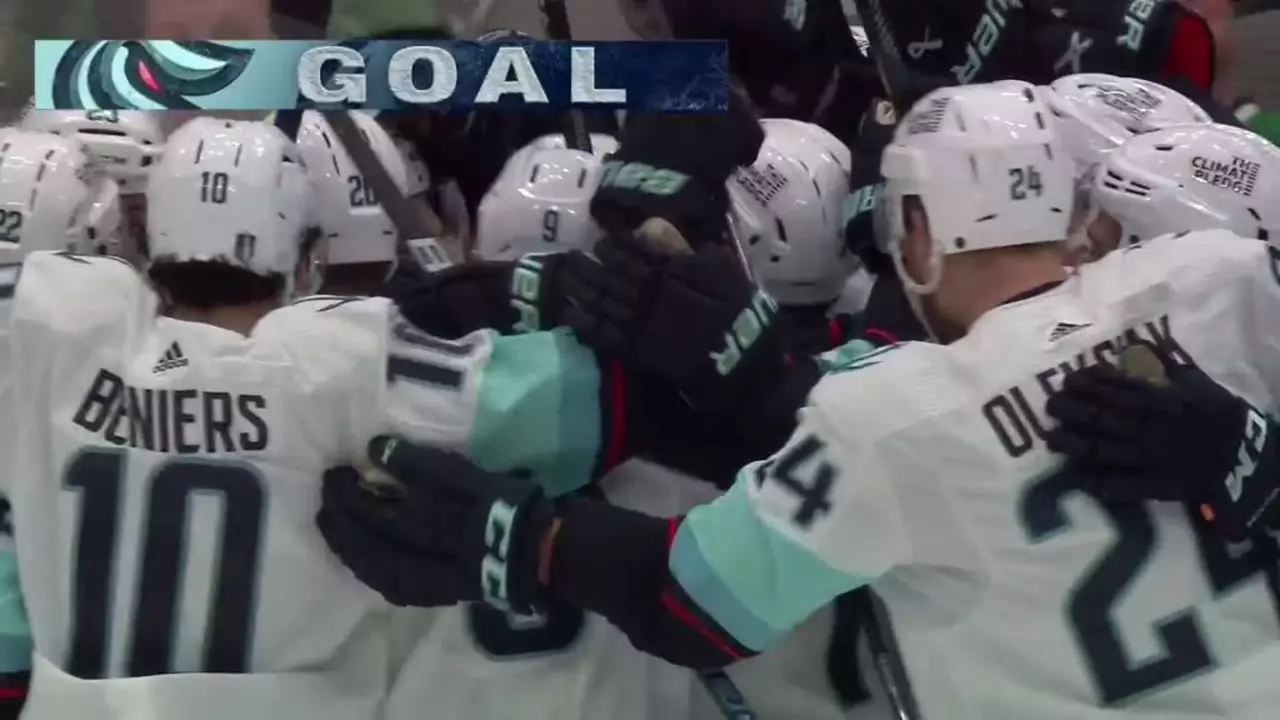Does the NHL use new hockey pucks for every game?
 May, 4 2023
May, 4 2023
The Life Cycle of an NHL Hockey Puck
As a huge hockey fan, I've always been curious about the little details that make this sport so fascinating. One question that I've always had on my mind is whether the NHL uses new hockey pucks for every game. After doing some research, I've discovered some interesting facts about the life cycle of an NHL hockey puck. In this article, I'll share this information with you, so you can gain a deeper understanding of the sport we all love.
Manufacturing and Preparation of NHL Pucks
Before the pucks even make it to the ice, they go through a meticulous manufacturing and preparation process. The official pucks used in NHL games are made of vulcanized rubber and are produced by a company called Inglasco. The manufacturing process involves heating the rubber to a high temperature, which causes it to harden and become more durable. After the pucks are made, they're shipped to the NHL arenas, where they undergo a few more steps before they're ready for game action.
Once the pucks arrive at the arenas, they're inspected for any imperfections. Pucks with even the slightest defects are removed from the batch and not used in games. The remaining pucks are then frozen for several hours before the game. This helps to reduce the friction between the puck and the ice, making for smoother and faster gameplay. With the pucks properly prepared, they're ready for their debut on the ice.
How Many Pucks Are Used in an NHL Game?
Now that we know how the pucks are made and prepared, let's talk about how many are used in an NHL game. On average, around 12 to 15 pucks are used per game. However, this number can vary depending on factors such as the number of stoppages in play or if a puck is damaged and needs to be replaced. So, while the NHL doesn't technically use a new puck for every single faceoff, they do use a decent amount of pucks throughout the course of a game.
It's also worth noting that pucks are swapped out during commercial breaks and at the discretion of the referees. This ensures that the pucks maintain their frozen state, which, as we mentioned earlier, is crucial for optimal gameplay.
What Happens to Game-Used Pucks?
After a puck has been used in an NHL game, it doesn't just disappear into thin air. In fact, many game-used pucks go on to have a second life. Some pucks are collected by the teams and used for practice, while others are sold as memorabilia to fans. Game-used pucks can be especially valuable if they were involved in a significant play, such as a game-winning goal or a milestone achievement by a player.
Additionally, some pucks are donated to charitable organizations or used for promotional purposes. In any case, the pucks that make it onto the ice during an NHL game have quite the journey before they're retired for good.
Do Players Notice a Difference with New Pucks?
With all this talk about new and used pucks, you might be wondering if the players themselves notice a difference in how the pucks perform. In general, most players don't notice a significant difference between a brand-new puck and one that's been used for a period or two. However, as the game goes on and the pucks lose their frozen state, they can become more difficult to handle and control due to increased friction with the ice.
For this reason, players generally prefer to play with colder pucks, which is why the NHL swaps them out so frequently during games. Overall, though, the slight differences in puck performance don't have a major impact on the outcome of a game.
Interesting Facts About NHL Hockey Pucks
Now that we've covered the basics of NHL hockey pucks, let's take a look at some interesting facts that you might not have known:
- The official dimensions of an NHL hockey puck are 3 inches in diameter and 1 inch thick, weighing approximately 6 ounces.
- The fastest recorded slapshot in NHL history was clocked at 108.8 miles per hour, achieved by Zdeno Chara during the 2012 NHL All-Star Skills Competition.
- During the 1990s, the NHL experimented with a "glowing puck" called the FoxTrax puck, which used infrared technology to make the puck more visible on television broadcasts. The idea was ultimately scrapped due to negative feedback from fans and players.
- Before the advent of vulcanized rubber pucks, early hockey games were played with wooden pucks or even frozen cow dung!
